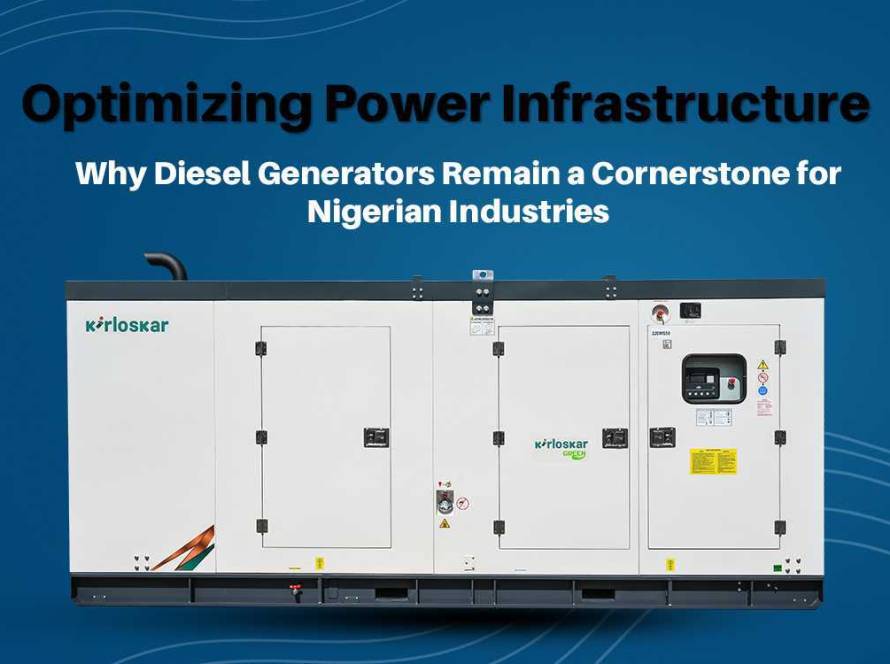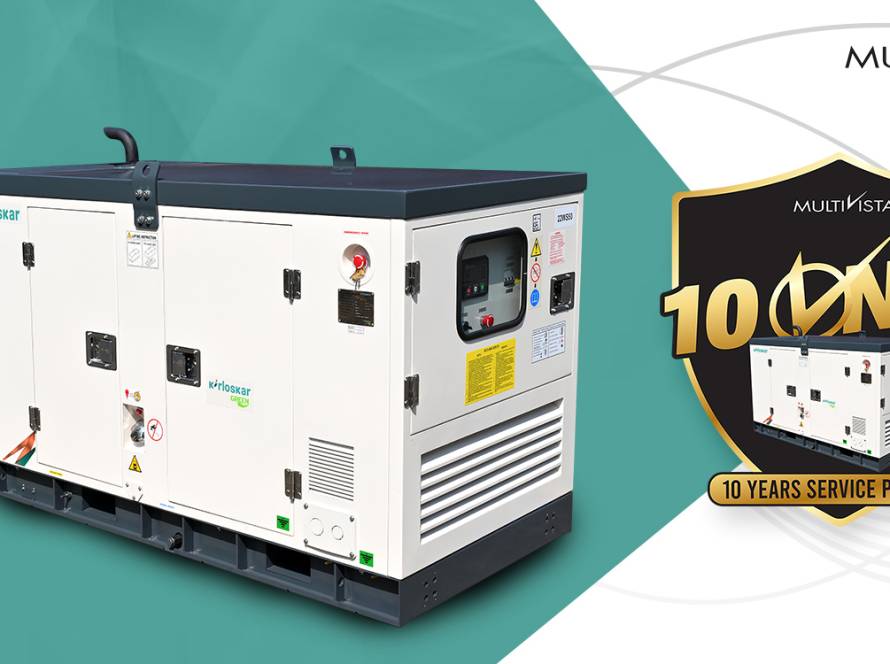In West Africa, where power stability can be a significant challenge for businesses and critical operations, investing in a reliable diesel generator is often a necessity. However, simply looking at the Kilovolt-Ampere (kVA) rating isn’t enough to guarantee you’re choosing the right power solution. Selecting a generator based solely on a seemingly high kVA figure can lead to inefficiency, wasted investment, and even equipment damage.
This blog delves deeper than the kVA, providing West African businesses with a practical guide to understanding their real power needs and making an informed decision when purchasing a diesel generator.
The Misconception of kVA:
kVA, or Kilovolt-Amperes, represents the apparent power of a generator. It’s a measure of the total power the generator can supply, encompassing both the real power (measured in Kilowatts or kW) used to perform work and the reactive power needed to operate inductive loads like motors and transformers. While kVA is a crucial specification, it doesn’t directly tell you how much actual working power your appliances and equipment will consume.
Understanding Your Load: The Key to Accurate Sizing
To truly understand your power needs, you need to analyze the types of loads you’ll be connecting to the generator:
- Resistive Loads (kW ≈ kVA): These are devices that primarily produce heat or light, such as incandescent bulbs, electric heaters, and some cooking appliances. For these, the kVA rating is a close approximation of the actual power consumed (kW).
- Inductive Loads (kW < kVA): These devices utilize magnetic fields to operate, including electric motors (found in pumps, compressors, machinery), transformers, and fluorescent lights. Inductive loads require both real power (kW) and reactive power (kVAR – Kilovolt-Ampere Reactive). The ratio between kW and kVA is known as the power factor (pf), expressed as a decimal (e.g., 0.8). A lower power factor means a larger portion of the apparent power (kVA) is reactive and not directly contributing to useful work.
Why Power Factor Matters in West Africa:
Many industrial and commercial operations in West Africa rely heavily on inductive loads. Ignoring the power factor when selecting a generator can lead to:
- Undersizing: A generator with a seemingly high kVA rating might still be unable to handle the actual kW demand of your inductive loads.
- Inefficiency: The generator will be working harder to supply the reactive power, leading to increased fuel consumption and wear and tear.
- Equipment Damage: Overloading a generator can cause voltage drops and damage to both the generator and the connected equipment.
Steps to Determine Your Real Power Needs:
- Inventory Your Equipment: Make a comprehensive list of all the electrical devices you intend to power with the generator.
- Identify Load Types: Determine whether each device is primarily resistive or inductive. Consult the equipment’s nameplate or manual for power ratings (usually in Watts or Amps) and the power factor (if it’s an inductive load).
- Calculate the kW for Each Device:
- For resistive loads: kW = (Volts x Amps) / 1000
- For inductive loads: kW = (Volts x Amps x Power Factor) / 1000
- Estimate Starting Loads: Inductive loads often require a significantly higher surge of power (2-6 times their running current) when starting. Factor in the largest starting loads and consider sequential starting to avoid overloading the generator.
- Calculate Total kW Demand: Sum the kW of all the devices you plan to run simultaneously, keeping starting loads in mind.
- Estimate Total kVA Requirement: Divide the total kW demand by an estimated average power factor for your overall load (if you have a mix of devices, a conservative estimate of 0.8 is often used).
- kVA ≈ Total kW / Estimated Power Factor
- Factor in Future Expansion: Consider your future power needs and choose a generator with some headroom (typically 20-25%) to accommodate growth.
Choosing the Right Generator for West Africa:
By going beyond just the kVA rating and understanding your real kW demand and the power factor of your loads, you can select a diesel generator that:
- Meets your actual power requirements efficiently.
- Operates reliably without being overloaded.
- Optimizes fuel consumption.
- Ensures the longevity of both the generator and your connected equipment.
When you’re ready to invest in a diesel generator for your business in West Africa, remember that Multivista offers a range of reliable options, including Kirloskar gensets known for their robust performance and efficiency. Our expert team can help you analyze your power needs accurately and guide you in selecting the perfect generator to power your progress, going far beyond just the kVA on the specification sheet. Contact us today for a comprehensive power assessment.


